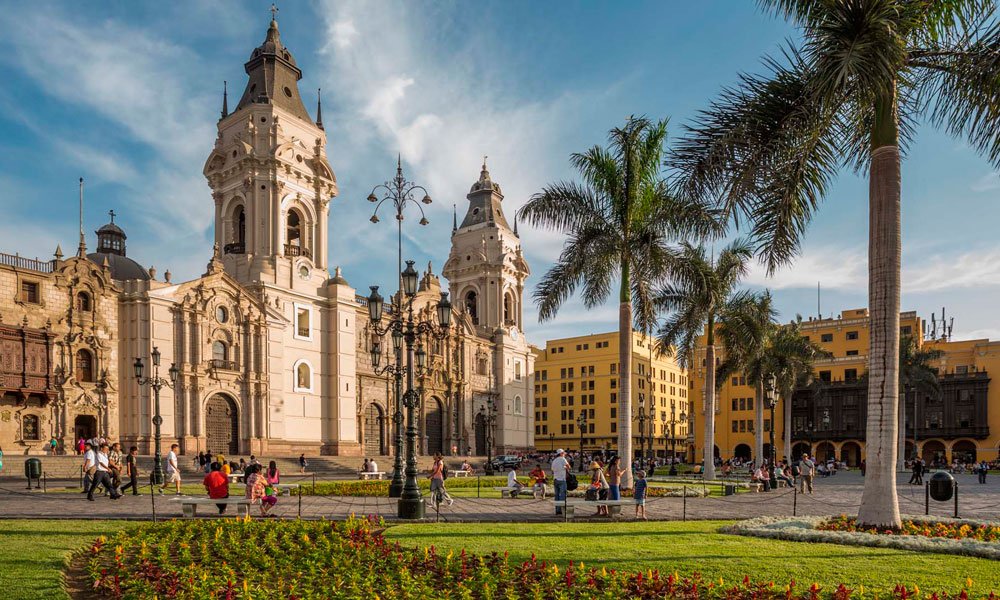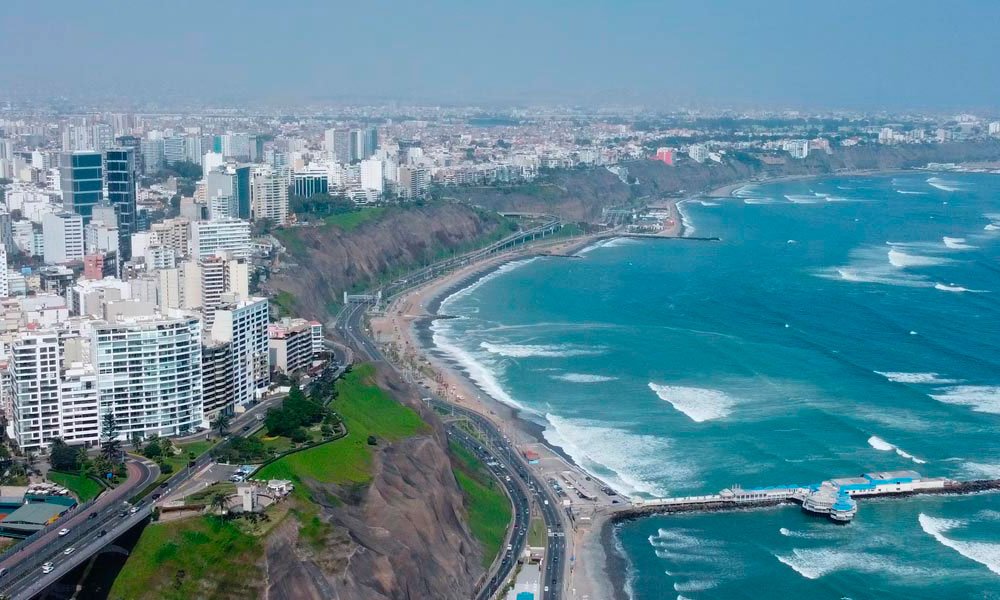Height of Lima and Cusco

Height of Lima and Cusco
Lima, the capital of Peru, is located in the middle of the coastal desert, at the foot of the western slope of the central Andes. This means its altitude is uneven, as the Plaza de Armas is about 160 meters above sea level, while the Lurigancho-Chosica district reaches 950 meters above sea level.
When considering a trip to Cusco, we must also consider altitude sickness and how to prevent its effects from ruining our experience.
Cusco is 3,399 meters above sea level, while Lima is only 100 meters away. The difference in altitude between these two cities is clear, so we must take into account the altitude of each city to enjoy our trip.
What works against many tourists is altitude sickness, also known as soroche. Remember that, according to experts, people begin to feel discomfort at an altitude of 2,400 meters above sea level.
Some of the main symptoms are fatigue, irritability, severe headache, nausea, and vomiting. This occurs because the body is unable to adapt to altitude. Oxygen and nitrogen levels and density decrease with altitude. After two or three days, the body begins to adapt.
Consequences of Altitude Sickness
In most cases, the symptoms of altitude sickness are not permanent and disappear as the person becomes accustomed to the place. However, we must be aware of the consequences, as a trip to Cusco can affect us.
Symptoms
Weakness or fatigue
Dizziness may cause vomiting
Headaches
Nervousness
Loss of appetite
Rapid heart rate
Visual difficulties
Walking becomes more difficult
Other serious consequences:
High-altitude pulmonary edema
High-altitude cerebral edema
At this point, it is recommended that the person descend to a lower altitude as quickly as possible. Cusco has different elevations, with Machu Picchu at 2,430 meters above sea level.
How to overcome altitude sickness?
To avoid difficulties and complications during the journey, Peruvians (since our Inca ancestors) have several strategies for dealing with altitude sickness. The most popular is the coca leaf, which has a strengthening effect on the body. Therefore, it is recommended to chew coca leaves or drink coca tea.
We always recommend visiting your doctor regularly before traveling; the healthcare professional can prescribe medication to alleviate the condition.
It is also important to eat light meals on the day of travel. Avoid meat, sauces, and other foods that are difficult to digest. In the case of Cusco, a diet rich in vegetables, fruits, and Andean grains such as kiwi and quinoa is recommended.
It is also recommended to stay well hydrated at all times and drink 2 to 3 liters of water a day to avoid problems. In addition, it is recommended to slow down your body’s pace, such as walking more slowly.
The Highest Points in Cusco
- Ausangate Mountain – Maximum Altitude 6,384 m above sea level.
- Salkantay Mountain – Maximum Altitude 6,261 m above sea level.
- Vinicunca or Rainbow Mountain – Altitude 5,200 m above sea level.
- Inca Trail, Warmihuañuska Pass – Maximum Altitude 4,200 m above sea level.
- Machu Picchu isn’t a big deal for most people because it sits at 2,430 meters above sea level.

